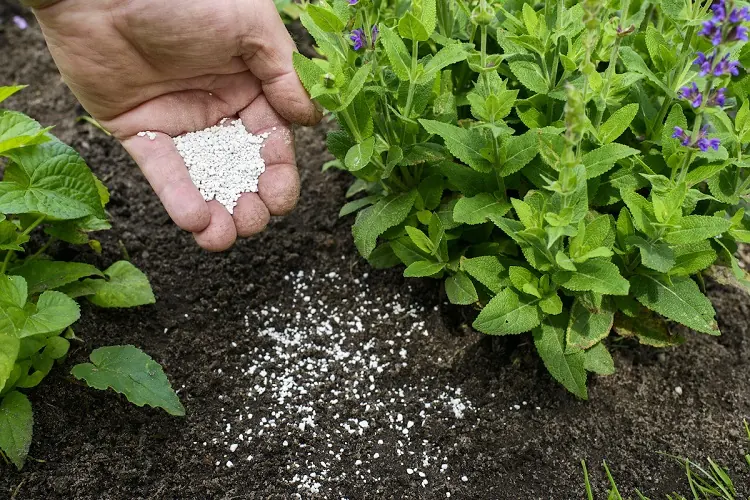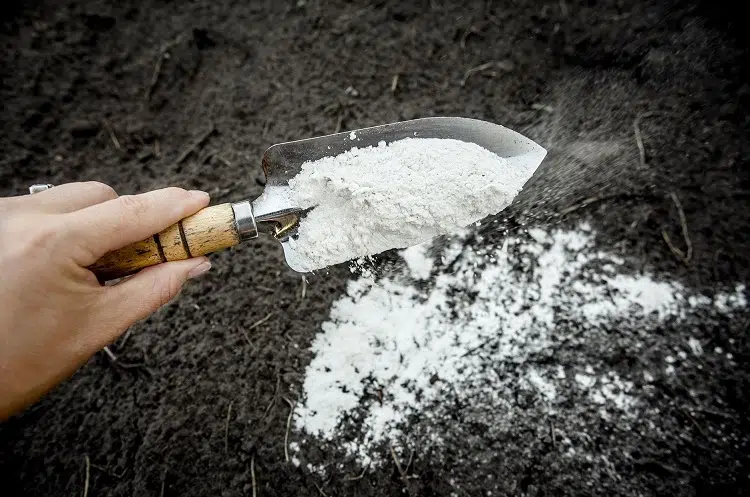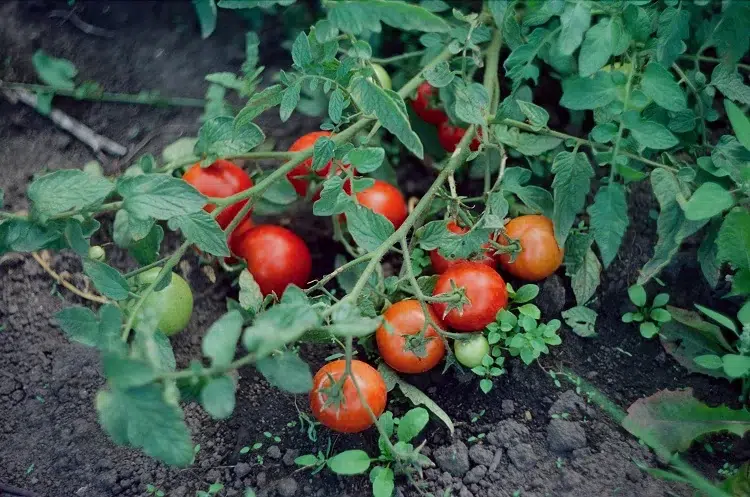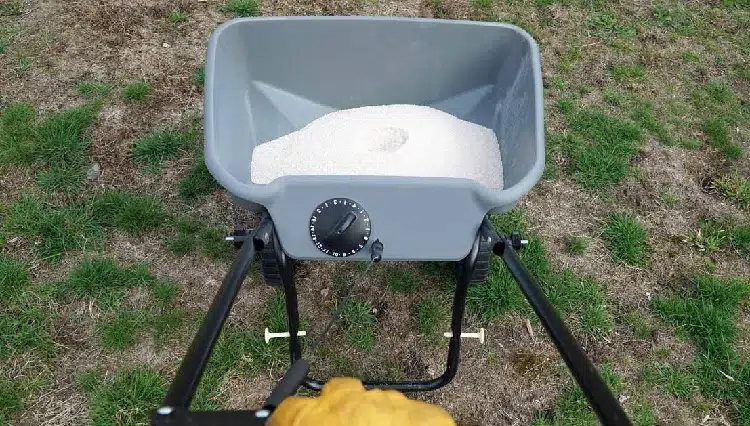Soil maintenance is the most important step in plant care. There are many ways to achieve this, but one very effective method is lime. So, let’s talk about its benefits as well as how and when to add lime to the garden!

When to Add Lime to the Garden?
Using lime in the garden is a great way to provide your plants with a healthy environment that will stimulate vigorous growth. So… When to add lime to the garden? Generally speaking, there are two periods for applying lime: spring and fall. Now that we’re in October, it’s time to get started! In general, fall is even a better time to add lime to the garden, as temperatures are low. In spring, especially late spring, there is a risk of very high temperatures and stress for the plants. In fall, you will not face this problem! However, before you go to the store and buy lime, you should first do a soil test. This analysis is essential in determining where lime should be applied and how much to use. Although you might think that lime is more acidic, it actually raises the pH of the soil and makes it more alkaline. It is therefore essential to know the pH levels of your soil before you begin.

Also read: Fertilizing with Epsom Salt: How Is the Home Remedy Used Properly and Which Plants Benefit From It?
The Benefits of Garden Lime
First, let’s figure out what exactly garden lime is. Garden lime is rich in calcium and is made from limestone or dolomite. Its main function is to increase the pH of the soil and make it more alkaline than acidic. This will greatly benefit certain types of plants that need alkaline soil to grow. If you have vegetables in the garden, most of them will like garden lime. For example, peas, beans, garlic, spinach, parsnips, onions and asparagus love it. Adding lime to the soil around these vegetables will make them grow faster and stronger. Fruit trees love it too! For example apple and red horse chestnut trees. Even flowers such as bellflowers, lavender and geraniums love it.

What Plants Don’t Like Lime?
As we mentioned above, garden lime should only be applied to plants that like alkaline soil. Some plants do not tolerate its presence well and deteriorate. These plants thrive in acidic soils. It may seem that most of the plants we have in the garden like acidic soil. Tomatoes and cherry tomatoes, as you already know, love acidic soil. Besides them, there are blueberries, cranberries, strawberries, elderberries, radishes, broccoli, cabbage and carrots. Flowers such as begonia, bleeding heart, magnolia, rhododendron, hydrangea, camellia and gardenia also thrive in acidic soils. So make sure you never apply lime to them, and always do a soil test first! A good alternative to help them thrive is to add coffee grounds!

How to Add Lime to the Garden?
Although lime is excellent for the soil and can increase the pH and make it more alkaline, you should be careful not to use too much. Too much lime can make the soil far too alkaline, which is also not good. So how much lime can be added to the soil? Generally, 20 to 50 pounds (9-23 kg) of limestone per 1,000 square feet (93 m²) is the best amount. Be careful not to exceed this quantity. Simply sprinkle the lime evenly over the soil surface. But don’t stop there! You will need to incorporate it into the soil and not leave it as is. Some people prefer to aerate the soil before applying lime to the lawn. Use a rake to work the lime into the soil surface (no more than 6 inches/15 cm deep). Then water the soil. And voila! It’s so simple, isn’t it?

Also read: Organic Fertilizers for Vegetables: Feed Your Plants in the Garden with Natural Fertilizers!
